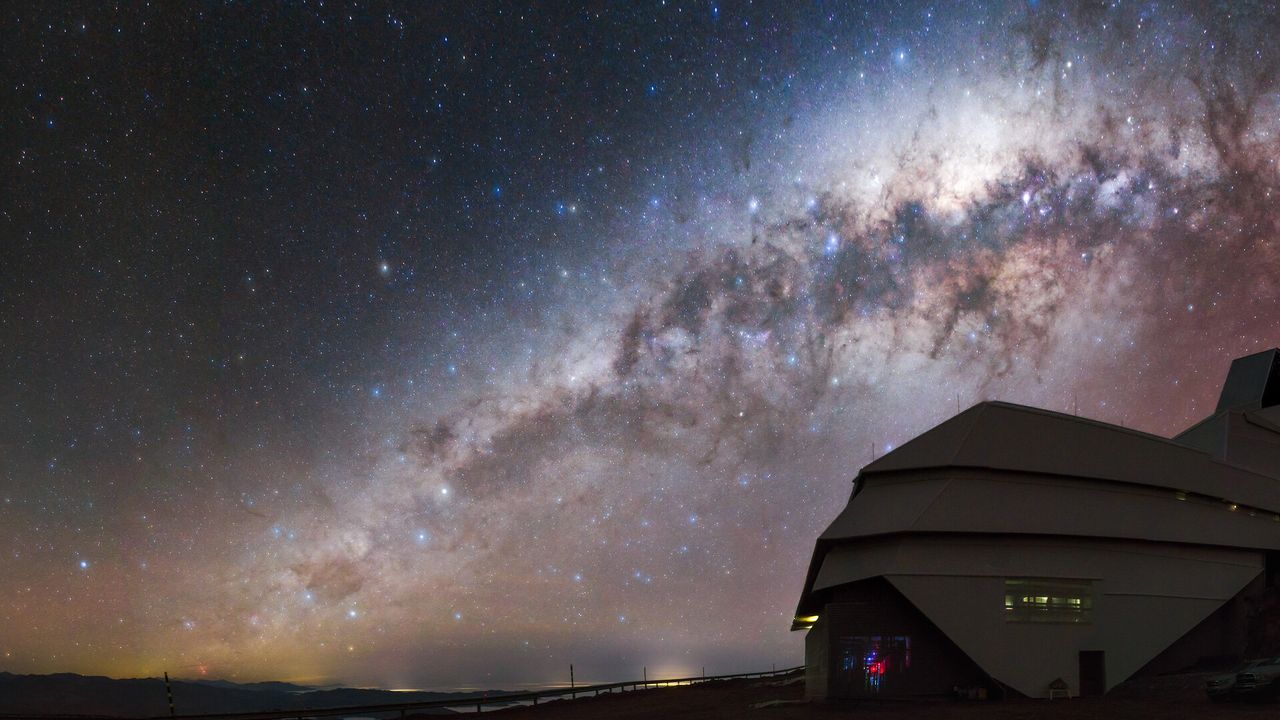
Our vantage point within the Milky Way means that, unlike views of distant galaxies, we experience a sky rich in complexity, with swirling dust and the faint glow of countless stellar remnants. For centuries humanity has looked upward at the Milky Way's bright band and sought to understand its structure, composition and place in our universe.
What is it?
Thanks to modern technology, observatories are advancing their reach. The National Science Foundation's NOIRLab is a hub for ground-based optical and infrared astronomy, providing telescopes and data infrastructure that enable discoveries across stars, galaxies, dark matter, exoplanets and more.
One of those ground-based telescopes is the Rubin Observatory, named after famed astronomer Vera Rubin. Unlike other telescopes, the Rubin Observatory is working to capture the night sky in real-time by scanning it every few nights, creating a digital movie of our universe.
Where is it?
The Rubin Observatory is located on Cerro Pachón in the Andes Mountains in Chile.

Why is it amazing?
To scan the skies in real time, the Rubin Observatory relies on the LSST camera, the largest digital camera ever built, that can image an area of the sky around 40 times the size of the full moon in a single exposure. As it runs, the LSST camera will produce tens of petabytes of data over the next decade. Astronomers hope to use this data to help tackle some of the most pressing cosmic questions, such as those around dark matter and dark energy or studying potentially hazardous asteroids that may collide with Earth.
Rubin's data will be made publicly available during this process, empowering scientists and even citizen scientists worldwide to explore, analyze and make discoveries about our cosmos.
Want to learn more?
You can learn more about the Rubin Observatory and other ground-based telescopes.







